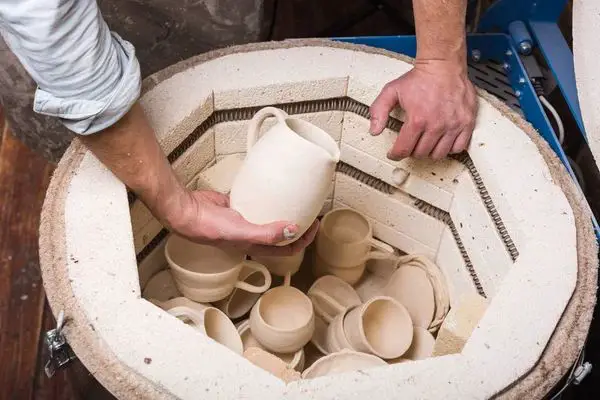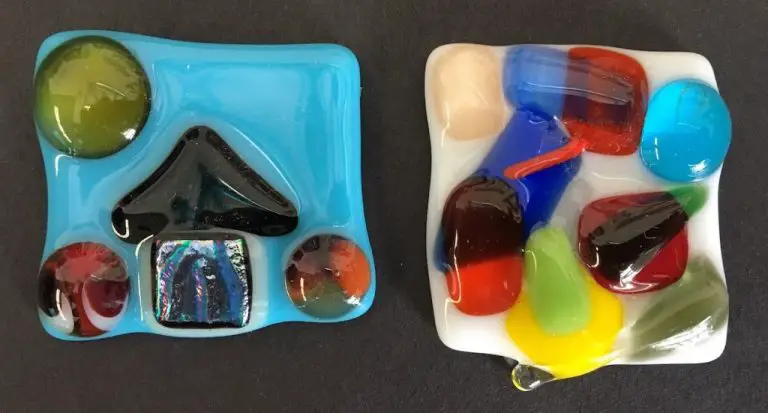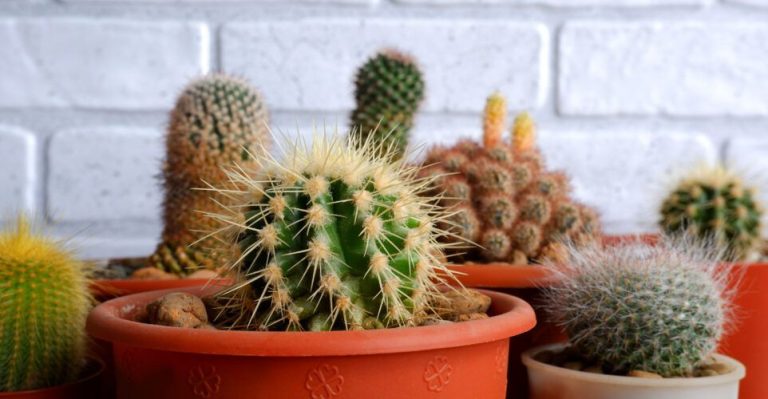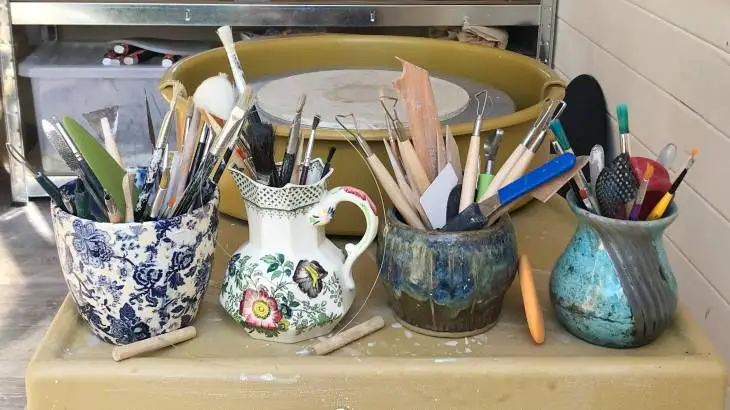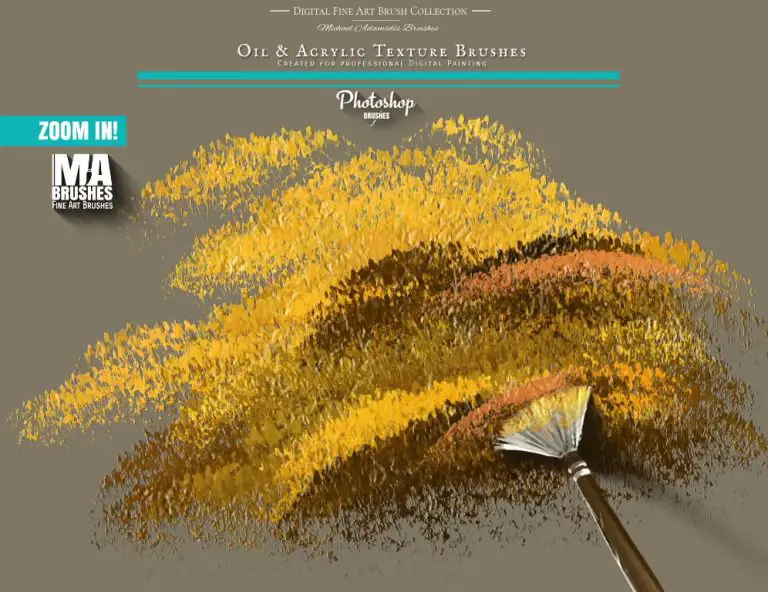Do Terra Cotta Pots Dry Out Plants?
Terra cotta pots are a popular choice among gardeners for growing plants indoors and outdoors. Made from natural clay, these rustic looking pots allow air and moisture to pass through the porous material. This leads to the question many gardeners have: do terra cotta pots dry out plants faster than other pot materials?
Porosity of Terra Cotta
Terra cotta is a natural clay material that is fired at high temperatures, which gives it a distinctive reddish-orange color. The clay used to make terra cotta pots contains air pockets and voids, which makes the material porous when fired.
According to Digital Fire, the porous nature of terra cotta is due to the clay body having high porosity. The clay shrinks and air pockets form during the firing process. This results in terra cotta being more permeable compared to materials like plastic or ceramic glazed pots which are non-porous.
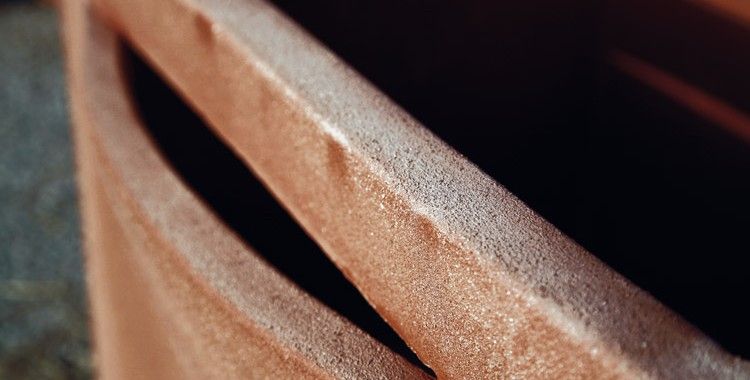
The porous terra cotta allows moisture to evaporate through the sides and bottom of the pot. On the other hand, plastic and glazed ceramic pots retain more water because they do not allow evaporation through the sides. The non-porous materials only allow evaporation through the top opening of the pot.
Evaporation Through Terra Cotta
Terra cotta is a porous material that allows moisture to evaporate through the sides and bottom of the pot. This porosity results from the clay material and firing method used to produce terra cotta pots (source: https://www.instructables.com/A-Practical-Zeer-Pot-evaporative-cooler-non-electr/). As water evaporates through the terra cotta, it pulls moisture along with it from the soil inside the pot. The evaporation process works due the vapour pressure gradient that exists between the wet soil and the drier external environment. Moisture from the soil evaporates and transitions from liquid to vapour, diffusing through the terra cotta material to the outside where the vapour pressure is lower. This results in moisture being wicked away from the soil in terra cotta pots at a faster rate than non-porous materials like plastic or glazed ceramic.
Pros of Drying Out Faster
One of the main benefits of terra cotta pots is that they help prevent overwatering, which can lead to root rot and other problems. Because terra cotta is porous and allows evaporation through the sides of the pot, it helps keep soil from staying too wet.
This means you can water more frequently without the risk of soggy soil. Frequent watering is beneficial for nutrients – it helps flush out mineral salts that build up in soil over time. More frequent watering allows you to fertilize on a regular schedule to promote healthy growth.
As noted in this article, the porous nature of terra cotta “prevents overwatering and soggy soil.” And this source states that “Terracotta is great for colder climates. The walls of the pots draw the water out of the soil to help the soil dry quicker.
Cons of Drying Out Faster
While terra cotta pots can help prevent overwatering, the porosity that allows them to dry out quickly can also be a disadvantage for some plants.
Plants grown in terra cotta require more frequent watering than plants grown in plastic or glazed ceramic pots. The terra cotta pulls moisture from the soil at a faster rate through evaporation, meaning the plant’s roots can dry out in just a day or two after watering (ruralsprout.com). This can be difficult to keep up with for busy gardeners or those who travel often.
The quick moisture loss is also problematic for tropical plants and other varieties that prefer consistently moist soil. The frequent wet-dry cycles that occur in terra cotta pots can stress out sensitive plants adapted to jungle humidity levels (cleverbloom.com). Orchids, ferns, and calatheas are examples of plants that may struggle in fast-drying terra cotta.
Soil Choices to Retain Moisture
Using moisture retaining soil can counteract drying out caused by terra cotta pots. Certain soil amendments will help the soil better hold onto water. Peat moss is a common additive that increases moisture retention. It has a spongy texture that can absorb and trap water. Coconut coir is another excellent choice – it is made from the fibers of coconut husks and also helps soil retain moisture. You can find peat moss and coconut coir sold separately to mix into potting soil. There are also premixed potting soils that contain these ingredients to help retain moisture. Choosing an organic rich potting mix amended with peat moss, coconut coir, or similar can help counteract terra cotta’s tendency to dry out quickly.
Watering Tips
When watering terra cotta pots, it’s important to water thoroughly until water drains from the bottom of the pot. This ensures the entire soil mass gets hydrated. Terra cotta pulls moisture from the soil through evaporation, so the soil can become dry even if the lower part of the pot still feels heavy.
To retain moisture longer, group plants with similar watering needs together. Succulents and cacti that thrive on infrequent waterings should be separated from moisture-loving plants that prefer consistently damp soil. This allows you to customize watering schedules based on each plant’s preferences.
One tip is to bottom-water plants in terra cotta pots by placing the pots in a bowl of water for 30 minutes, allowing the soil to fully saturate by absorbing water from the drainage holes up. This technique is referenced on Reddit at https://www.reddit.com/r/houseplants/comments/ff820t/bottom_watering_terracotta_pots/.
Using Cache Pots
One way to help terra cotta pots retain more moisture for plants is to use a cache pot system, also known as double potting. This involves placing the terra cotta pot inside a decorative “cachepot” or outer container. The cache pot helps prevent water evaporating as quickly from the terra cotta pot.
As explained in an article on the Flora Grubb Gardens website, the cache pot acts as a barrier to “keep water vapor from completely escaping” the terra cotta pot inside (source). This helps maintain increased humidity around the plant’s root zone. The terra cotta breathes but the moisture doesn’t dissipate as fast.
The outer cachepot can be made of materials like metal, wood, ceramic, or glazed pottery. It creates an air pocket between the inner and outer pot wall. This air gap acts as insulation to retain moisture inside the terra cotta pot for the plant roots. The cache pot system allows getting the benefits of terra cotta aeration while increasing the moisture retention that some plants prefer.
Alternatives to Terra Cotta
While terra cotta pots have some benefits, there are many other types of pots to choose from. Here is a comparison of some common alternatives:
Plastic pots: Plastic pots retain moisture better than terra cotta. They are inexpensive, lightweight, and come in many colors and styles. However, they can sometimes deteriorate over time when exposed to sunlight. Plastic is also not an eco-friendly material.
Ceramic pots: Ceramic pots provide a nice decorative element like terra cotta but are less porous. Glazed ceramic pots will not allow much evaporation at all. Unglazed ceramic is slightly more porous. Ceramic pots are durable but can be on the heavier side.
Wood pots: Wood pots made from redwood, cedar or other rot-resistant woods can be beautiful. They provide some insulation to plant roots and slow moisture loss. However, they are more expensive and can decompose over time. Proper sealing and maintenance is required.
Concrete pots: Concrete planters are very durable, retain moisture well, and can be left outside permanently. They can be customized with color and designs. However, they are extremely heavy if large. The material is also prone to cracking.
Metal pots: Metal pots like copper or galvanized steel provide a modern, edgy look. They conduct heat well for warmth-loving plants. However, they can get very hot in direct sunlight and dry out quickly. Rusting is also a potential problem.
Each material has its own advantages and disadvantages. Consider factors like appearance, weight, porosity, durability, and cost when selecting an alternative to terra cotta.
Conclusion
To summarize, terra cotta pots do tend to dry out soil faster than other materials like plastic or glazed ceramic. This is due to the porous nature of terra cotta that allows moisture to evaporate through the sides of the pot. While this can be a good thing for some plants that prefer drier conditions, it can also lead to drying out too quickly for other plants.
However, there are ways to combat the fast drying of terra cotta pots. Choosing an appropriate soil that retains moisture well is key. Adding materials like peat moss or coconut coir can increase water retention. Proper watering technique is also important – water thoroughly until it drains from the bottom of the pot and water more frequently in smaller amounts versus infrequent deep watering. Using a cache pot or saucer under the terra cotta can also retain moisture.
In general, terra cotta tends to work best for succulents, cacti and other drought tolerant plants that don’t need constant moisture. It may not be the best choice for humidity loving plants like ferns or calathea. But with the right adjustments, many plants can still thrive in terra cotta pots.

